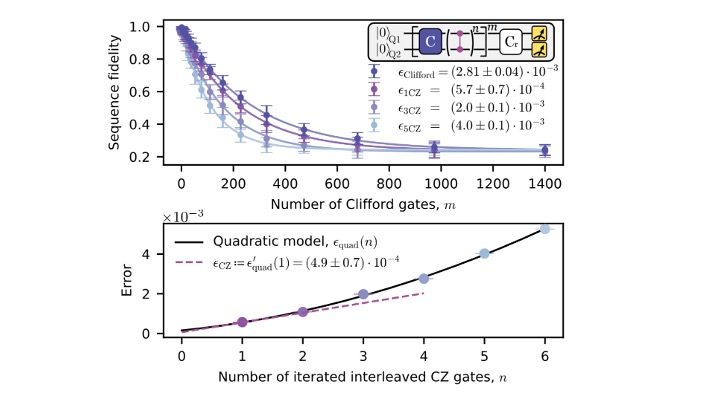In our roadmap, we’re committed to reaching fault-tolerant quantum computation by 2030. Getting to this goal requires high quantum fidelity and superconducting qubits with unprecedented stability and control. Every qubit must operate in harmony with thousands of others, requiring high-performance qubit control and readout. However, device parameters optimized for one operation often degrade others, making simultaneous performance a major challenge.
Today, we’re excited to report a breakthrough in our efforts. Our latest work demonstrates the simultaneous achievement of exceptionally high fidelities for all three core quantum operations in a single device: two-qubit gates, qubit readout, and single-qubit gates. These results also show the highest reported two-qubit CZ gate average fidelity for a transmon qubit and comparable readout fidelities for the two qubits.

Our results outline a new benchmark for quantum performance:
We achieved the results through a holistic optimization strategy, enabled by:
Summing single-qubit, two-qubit, and readout errors together, we reach an impressive system-level error of 2.1 x 10^-3. Importantly, this device architecture and control methodology are compatible with scalable layouts, including the square-grid architectures essential for surface code implementations, paving a clear path to real-world quantum error correction.
Dive into the details of our pioneering work on quantum fidelity and its implications for quantum computing’s future!

Emilia Stuart is a content strategist and storyteller at IQM Quantum Computers, specializing in translating complex quantum computing concepts into engaging narratives. With a background in research and tech marketing, she understands potential customers and crafts stories that resonate. Emilia’s passion is making intricate technologies accessible to diverse audiences.
Search faster—hit Enter instead of clicking.